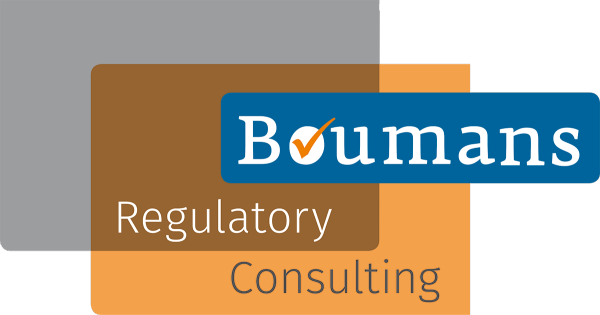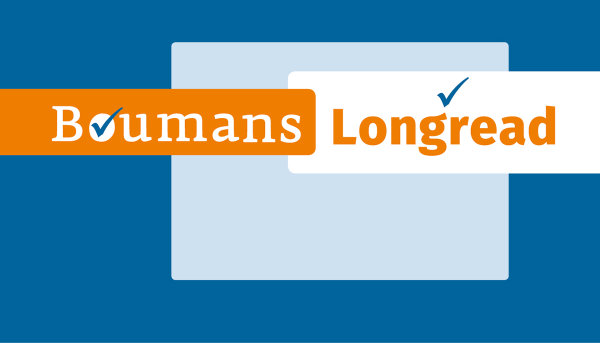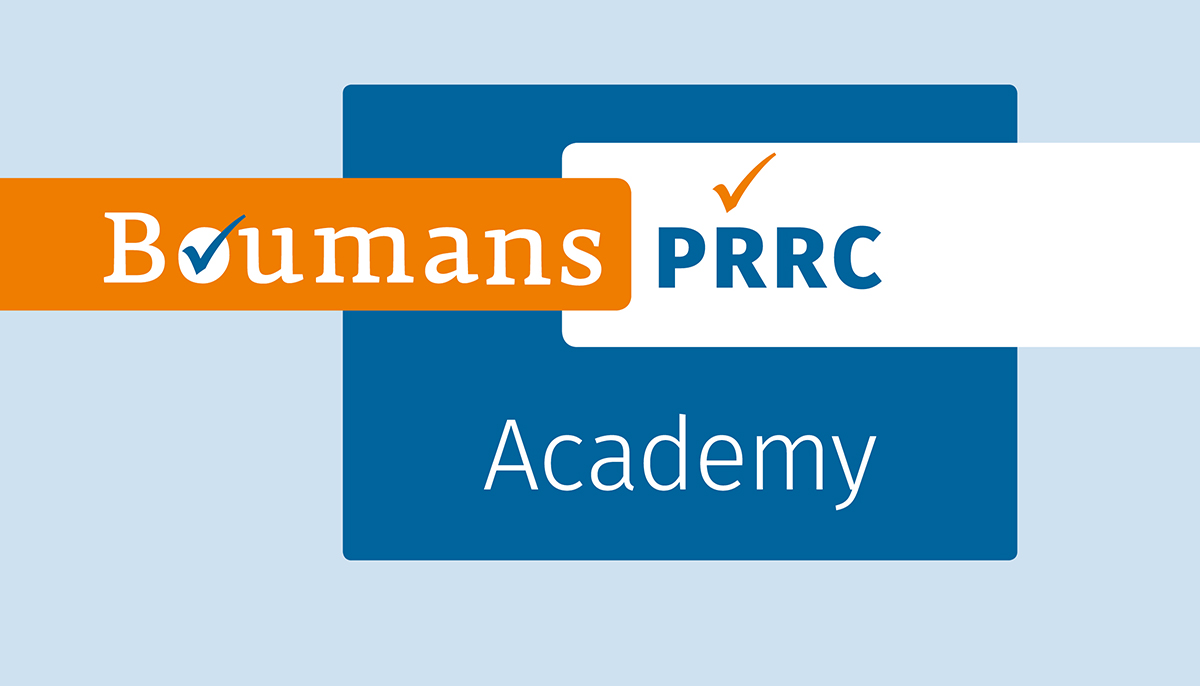A government response to a public consultation
On 26 June 2022 the MHRA published the Government response to consultation on the future regulation of medical devices in the United Kingdom. This document provides evidence of how the UK government wants to develop legislation in the future and how this is communicated with stakeholders. For medical devices every UK citizen and everybody working in the global medical technology community is a stakeholder. From that perspective both the public consultation and this document with the government response mark a clear break with process by which EU legislation is created. Such consultation and the publication of the comments are bold and ambitious.
Methodology
The public consultation was setup in the form of 17 chapters that each presented the current situation and options for new legislation. Respondents could reply to sets of questions. These sets often started with a question about agreeing with a proposal. There is a problem with that question. Respondents may first and foremost want to see a maximum alignment with the European legislation and react to the proposals with that in mind. However, this may not imply they actually like that proposal. And although the majority of suggestions were close to MDR and IVDR requirements, most had some differences. If you can choose between a requirement not changing, or changing to follow the MDR quite well (but not in full), what is the best option to select? On the one hand, legislation following the MDR as close as possible, would allow for limited differences between the EU Regulations and the UK Regulations. On the other hand, not everybody thinks the EU Regulations are the best answer to current challenges in medical technology.
The way this consultation was setup and the way it is reported may not provide a full understanding of what stakeholders are really expecting. This also means that the ‘success’ of the new UK Regulations is not guaranteed by this round of public consultation.
Respondents
In total 891 responses were received, 413 from individuals and 451 from organizations. 799 respondents provided background information about their identity:
- 263 healthcare professionals
- 200 manufacturers of medical devices
- 84 members of the public / patients
- 56 healthcare institutions
- 24 trade associations
- 63 small/medium enterprises (small)
- 55 small/medium enterprises (medium)
- 54 small/medium enterprises (micro)
It is not clear if any ‘weight’ has be added to this feedback, although it may be reasonable to assume that the feedback from a trade association potentially representing tens of thousands devices might be more relevant than the opinion of an anonymous individual. Although it is likely this happened, this report does not provide any background on this.
It is also not clear if there are doubled respondents. For example, a small enterprise has provided feedback to its trade association and is repeating similar comments directly. There is no mentioning in the report about an attempt to even understand the extend of this happening. This makes it difficult to weigh the feedback in this report.
What do we know now we know these comments?
To further understand these comments it is important to realize the proposals were made against the current UK requirements, the UK Medical Devices Regulations 2002, with amendments. The UK MDR 2002 is a combination of the Active Implantable Medical Devices Directive 90/385/EEC (AIMDD), Medical Devices Directive 93/42/EC (MDD) and the in-Vitro Diagnostic Medical Devices Directive 98/79/EC (IVDD). Many of the concepts proposed have been taken from the MDR and IVDR, but in the response MDR and IVDR are only mentioned four times (combined) and only in the context of respondents expressing their desire to see UK Regulations as much as possible aligned with the MDR and/or IVDR. As expected, many respondents were positive about these proposals, but it is not clear if that response was triggered because they were such good ideas or because they were close to the MDR and IVDR. Regardless their motivations, respondents have made the UK government move into a direction which means there will probably be a close alignment with EU regulations.
More costs
Above indications for alignment with the MDR and IVDR do not imply the new UK Regulations will be full copies of the EU Regulations. We can already see significant differences in details, and also differences that are way more than details. For example, it may become possible to fast track innovative devices via a special route. This all means that there will be differences between UK and EU requirements and they will result in differences in devices accepted or rejected on specific markets.
Even if the differences are limited, there is a problem. For legislation there is a general rule: if regulations are not totally the same, they should be considered totally different. To illustrate, let’s look at the definition of a medical device. The proposed definition is almost the same as in the MDR. That difference may affect less than 0.1% of all devices. But even with more than 99.9% of device not affected, 100% of all product status justifications must be drawn up against this new definition.
It will also require manufacturers to create and maintain sets of documentation for each specific market. These differences will therefore add costs and it is obvious these costs will be added to pricing of devices in the UK. Together with the costs for the UKRP and other arrangements, this will add up to a considerable sum that will have to funded by UK patients.
Timelines
There is one lesson learned from the current challenges the EU is facing regarding the notified body shortages. It is suggested there will be a considerable transitional period during which CE-marked and UKCA marked devices can be placed on the market in parallel. It appears the UK will accept CE-marked devices relying on valid CE-certification until 1 July 2026 for medical devices and until 1 July 2028 for IVD’s. These may be certificates issued against the Directives as well as the new Regulations. And even if the certificate is issued after 1 July 2023, they can be recognized. Current UKCA certificates, based on the current regulations, can also remain valid until these certificates expire. This approach may work if the certification capacity of UK Approved Bodies increases fast enough and if manufacturers start using any capacity for UKCA marking as soon as possible. And therefore the success of these new regulations hinge on how closely the UK Regulations will align with EU Regulations, because practically identical requirements will make it easier for notified bodies to set up offices in Great Britain as UK Approved Bodies and manufacturers may have to spend less time and energy on technical documentation if this can more or less be copied from the EU documentation.
The MDR and IVDR are not protected by copyrights and the UK may present these as their own set of rules. I guess not even Brussels will object to such an alignment.
Companies that want to prepare for UKCA marking under the current rules to optimize the expected transitional arrangements can reach out to Ronald@boumansconsulting.com




